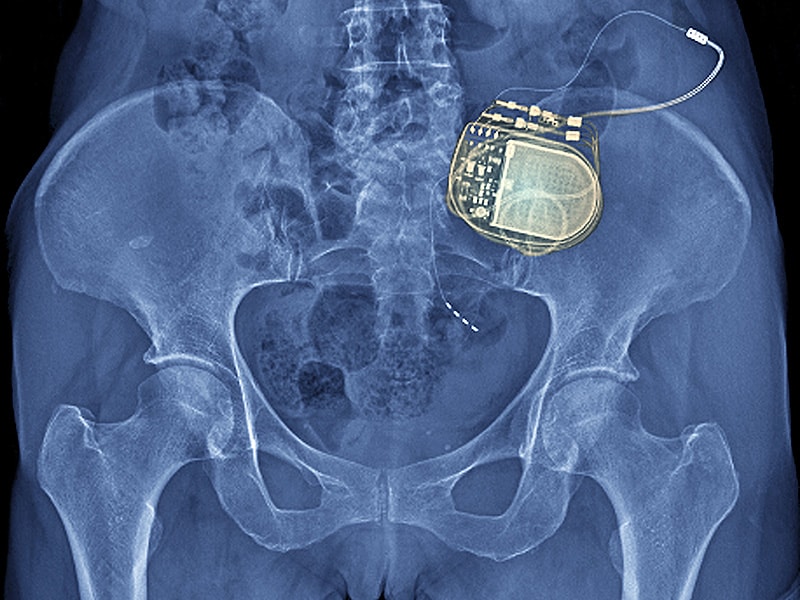

If your doctors believe a stimulator is in your best interests, they will have you undergo a trial, where they surgically place leads in your spinal canal, but you wear the stimulator on a belt. Your doctors may also ask you to undergo a mental health assessment, since conditions like depression, anxiety, and addiction can impact your spinal cord stimulator’s likelihood of success. Your medical team might recommend an SCS if other pain management treatment (like injections, medication, and physical therapy) have failed and you are either out of surgical options or another back surgery is inadvisable. When Do Doctors Recommend Spinal Cord Stimulators? However, SCS does not work for everyone-and some people decide to remove their stimulators due to negative side effects or poor pain control. Doctors consider a spinal cord stimulator successful if it reduces your back pain by 50–70%. So instead of feeling an excruciating pain that shoots down your leg, you might feel milder pain combined with numbness and tingling (sometimes called “paresthesia”). Instead, it changes how your brain perceives the pain. Today, some devices are rechargeable and can even sense when you’re sitting or lying down and will change your program based on your position and other factors.Ī spinal cord stimulator, however, will not stop or cure your chronic back pain. Spinal cord stimulators have become increasingly sophisticated. Your doctors and other professionals will program your SCS to target your specific condition and symptoms, using specific patterns of electrical pulses of varying frequency and strength to address your pain. Remote control: a handheld device that helps you control the spinal cord stimulator and adjust its settings.Leads: thin wires connected to the stimulator that run through your spinal canal, delivering pulses to the spinal cord.Stimulator: a battery-powered device surgically implanted in your spine to generate electrical pulses.Spinal cord injuries: studies suggest that electrical stimulation can help people with spinal cord injuries regain some motion and other functions like bladder and bowel controlĪn SCS typically consists of several parts:.Complex regional pain syndrome: an often-misunderstood condition where you experience excess and prolonged pain and inflammation after an injury.Failed back surgery syndrome: when you continue to experience severe arm or leg pain, even though your surgery was technically “successful”.Arachnoiditis: a condition that causes swelling and scarring in your spinal nerve’s protective lining.

Degenerative disc disease: arthritis, narrowing in your spine (stenosis), and other degenerative changes can cause pain that runs into your legs or arms.While many medical conditions can cause back pain and sciatica, spinal cord stimulators are often associated with the following conditions: They treat severe, chronic back pain that runs into your arm or leg. A spinal cord stimulator is a medical device that doctors can implant into your body, helping reduce your chronic pain.


 0 kommentar(er)
0 kommentar(er)
